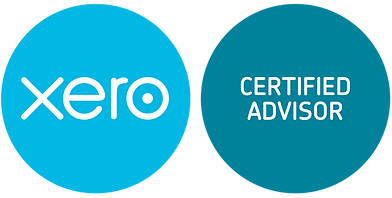Today, I want to shed some light on a crucial aspect of financial management – Cashflow! As an accountant, I’ve come to realize that having a solid grasp of cashflow can make all the difference in achieving sustainable business growth and success. Let’s dive in!
💰 What is Cashflow? 💰
In simple terms, cashflow refers to the movement of money in and out of a business. It is the lifeline that keeps our organizations running smoothly. Positive cashflow occurs when the money coming into the business (through sales, investments, or loans) exceeds the money going out (expenses, payments, and operational costs). Conversely, negative cashflow arises when expenses outweigh income, leading to potential financial challenges.
🚀 The Power of Good Cashflow 🚀
Having good cashflow is more than just balancing the books; it can significantly impact the health and prosperity of our ventures. Here’s why it matters:
1️⃣ Operational Stability: Positive cashflow allows us to pay suppliers, employees, and other obligations on time, ensuring the seamless functioning of our operations.
2️⃣ Growth Opportunities: With ample cash at hand, we can seize opportunities for expansion, invest in new projects, or upgrade our technology, propelling our business to new heights.
3️⃣ Debt Management: Maintaining healthy cashflow empowers us to handle debt obligations responsibly, reducing the risk of default and improving creditworthiness.
4️⃣ Innovation and Resilience: During uncertain times, robust cashflow provides a safety net, allowing us to weather economic downturns and emerge stronger.
5️⃣ Investor Attraction: Investors are naturally drawn to companies with strong cashflow since it demonstrates financial stability and increases confidence in the business’s future prospects.
📈 Tips for Optimising Cashflow 📈
To ensure a steady cashflow, consider the following strategies:
✅ Monitor Inflows and Outflows: Keep a close eye on your cash inflows and outflows, identifying patterns and potential areas of improvement.
✅ Streamline Receivables: Encourage prompt payment from clients/customers and consider incentives to reduce outstanding receivables.
✅ Control Expenses: Regularly assess and trim unnecessary costs to maintain a healthy balance between income and expenditures.
✅ Build Emergency Reserves: Set aside funds for unforeseen events, giving your business a buffer to withstand tough times.
✅ Forecast and Plan: Create cashflow forecasts and financial projections to make informed decisions about future investments and expenditures.
Let’s embrace the power of positive cashflow and use it as a tool to drive our businesses forward!


